Whipple Test
Whipple test is an important examination test that helps to diagnose partial rotator cuff tears and or superior labrum tears. Purpose of Whipple Test Technique of Whipple Test Evidence FAQs
Whipple test is an important examination test that helps to diagnose partial rotator cuff tears and or superior labrum tears. Purpose of Whipple Test Technique of Whipple Test Evidence FAQs
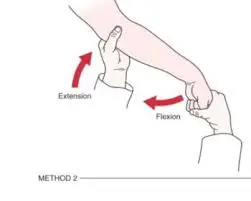
Mill’s Test is an important examination test that helps to diagnose Tennis Elbow( lateral epicondylitis) if a patient has Elbow pain on the lateral side. Objective of Mill’s Test Clinical Presentation Pathology Technique of Mill’s Test FAQs
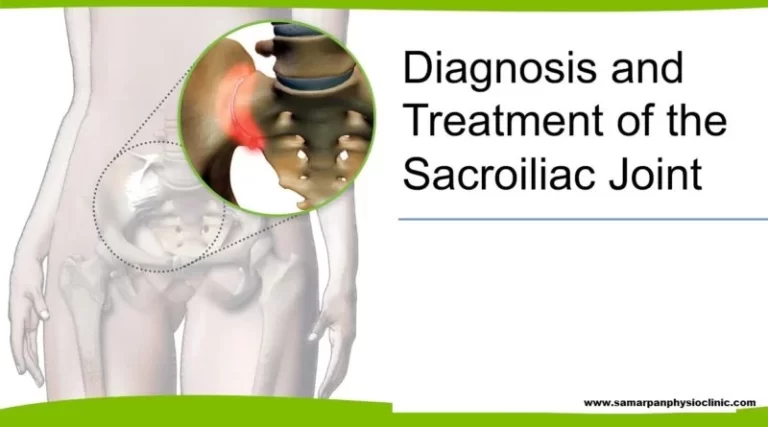
What is a Sacroillitis? Sacroiliitis is a painful sacroiliac joint condition that affects one or both SI joints. These joints meet where the lower spine and pelvis meet. Sacroiliitis can lead to joint pain and stiffness in the lower back and gluteal area and the pain is referred to down one or both legs. What…
The scarf test is an important test that helps to examine the integrity of the acromioclavicular (AC) joint. Purpose This is also famous as the cross-body adduction test, is to determine whether or not the acromioclavicular (AC) joint is in good condition. Technique Interpretation Validity Evidence Differential Diagnoses FAQ

Introduction Sensory integration therapy (SIT) is a form of Physical therapy that helps people with sensory processing difficulties integrate and process sensory information from the environment effectively. Sensory processing refers to the way our nervous system receives, interprets, and responds to sensory information. This therapy aims to help individuals with sensory processing difficulties regulate their…
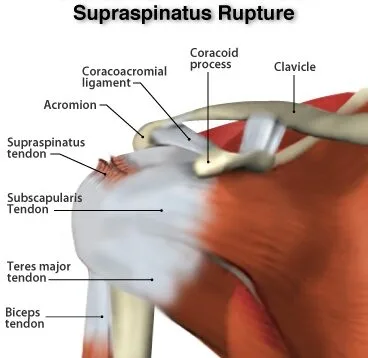
What is a Rotator cuff tear? A rotator cuff tear occurs when one or more of these tendons become damaged or completely torn. This can cause pain, weakness, and a limited range of motion in the affected arm. Rotator cuff tears can be caused by gradual wear and tear on the tendons as well as…
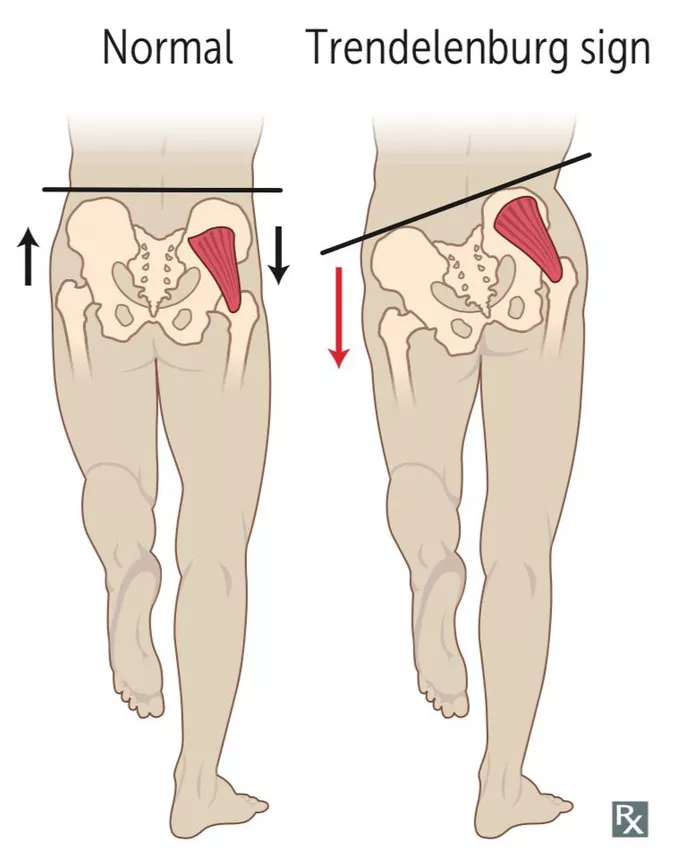
Definition and description of the Trendelenburg gait Anatomy Relevant to the Clinic Epidemiology Symptoms of Trendelenburg Gait Diagnostic Options Diagnostic procedures Grade Criteria Excellent Stable, painless hip; no limp; negative Trendelenburg sign; a full range of motion Good Stable, painless hip; slight limp; slight decrease in range of motion Fair Stable, painless hip; limp; positive…
Rotator cuff injury test helps to diagnose and to differentiate from other similar shoulder pain-related conditions. It is also used to examine for full-thickness rotator cuff tears, mainly the supraspinatus. Definition Tests for the Subscapularis Internal Rotation Lag Sign Belly Press Test Belly-Off Sign Bear Hug Test Tests for the supraspinatus and infraspinatus External rotation…

What is Back surgery? Most pain in the lower back can be managed without surgery. In fact, surgery frequently does not relieve the pain; research suggests that 20 to 40 % of back surgeries are not successful. This lack of success is so usual that there is a medical term for it: failed back surgery…
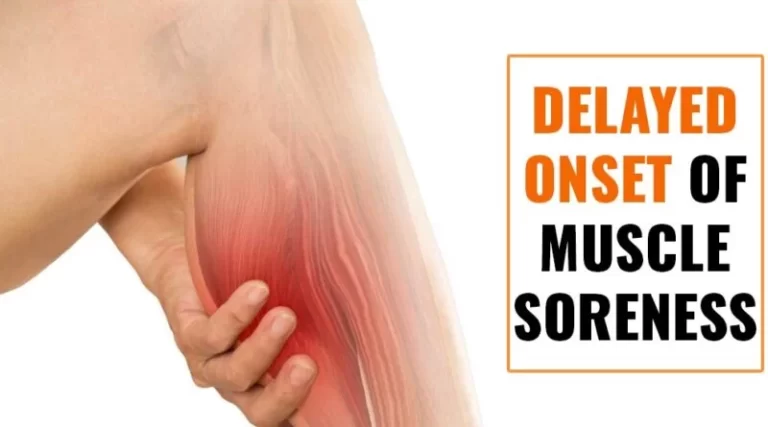
Definition Delayed onset muscle soreness (DOMS) is also well-known as ‘muscle fever’. It is a sore, aching, painful feeling in the muscles behind the unknown and unaccustomed extreme workouts. DOMS is thought to be because of temporary muscle damage and inflammation for which the most general trigger appears to be an eccentric workout. DOMS is…